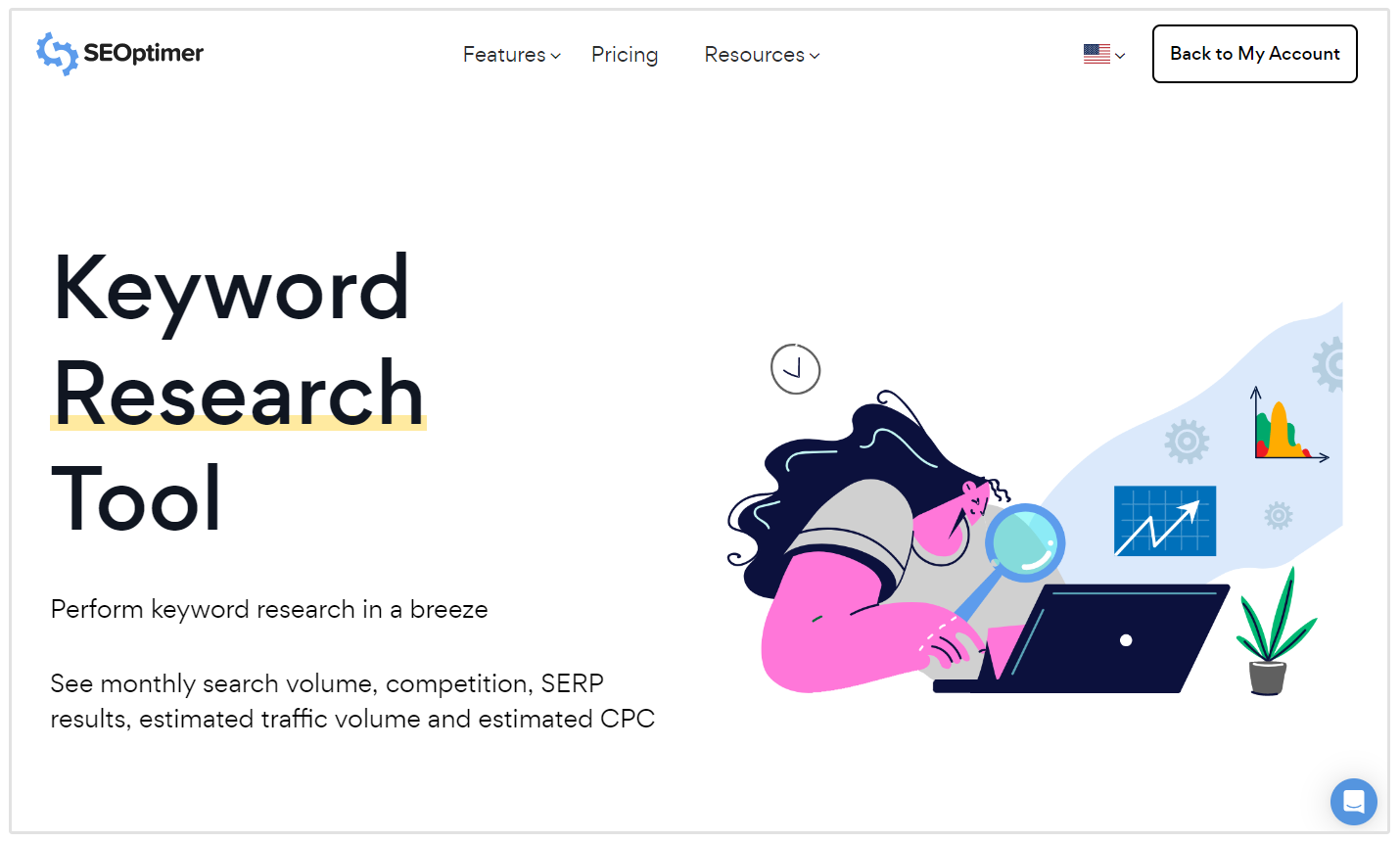Understanding Secondary Dimensions in Google Analytics: What is a Secondary Dimension and How It Enhances Data Analysis
Wiki Article
Revealing the Impact of Additional Measurement in Google Analytics on Data Evaluation and Insights
In the realm of information analytics, the usage of additional dimensions within Google Analytics has actually become a pivotal device for removing much deeper insights and unraveling complicated patterns that could or else continue to be covered. By peeling back the layers of primary information collections, second measurements provide a nuanced point of view that enriches the understanding of customer habits, internet site performance, and the effectiveness of marketing methods. However, the true influence and untapped capacity of second measurements are usually ignored, overshadowed by the appeal of primary metrics. As we navigate via the intricate landscape of data analysis, the value of additional measurements comes to be increasingly obvious, losing light on critical details that hold the key to informed decision-making and calculated optimizations.Checking Out the Idea of Secondary Dimensions
Additional dimensions in Google Analytics supply additional insights by enabling users to examine primary data in combination with a secondary feature. By incorporating additional dimensions, customers can delve much deeper right into the information and discover beneficial connections that could or else go undetected - what is a secondary dimension in google analytics.Understanding the idea of secondary dimensions is vital for optimizing the capacity of Google Analytics. It enables customers to segment information efficiently, recognize patterns, and make informed decisions based upon a more full image of their analytics data. By discovering the different second dimensions readily available in Google Analytics, users can open brand-new insights and enhance their electronic marketing initiatives. Essentially, second dimensions function as an effective tool for boosting information evaluation and driving actionable outcomes.
Enhancing Data Interpretation With Second Measurements
Having actually established the foundational understanding of secondary measurements in Google Analytics and their crucial duty in data analysis, the focus currently moves towards leveraging these second credit to improve the interpretation of analytics information (what is a secondary dimension in google analytics). By integrating second measurements into data evaluation, analysts can obtain much deeper insights right into individual actions, site performance, and advertising and marketing efficiency

Additionally, additional dimensions help in contextualizing primary information metrics by supplying added layers of details. This contextualization aids in comprehending the 'why' behind the data fads, assisting experts make educated choices and optimizations to improve total efficiency. Inevitably, integrating secondary measurements enhances the information analysis procedure, causing more purposeful understandings and tactical activities.
Uncovering Hidden Insights Via Secondary Measurements
Checking out the depths of analytics data with Go Here second dimensions discloses useful insights that would certainly otherwise stay obscured. By incorporating second dimensions in Google Analytics, organizations can discover hidden patterns, trends, and relationships that supply an even more extensive understanding of customer actions and web site efficiency. These extra layers of information enable experts to delve deeper right into the main measurements, such as traffic sources or touchdown web pages, and get a more nuanced point of view on just how different variables engage with each other.With using secondary dimensions, experts can section and contrast information throughout numerous dimensions, allowing them to determine details factors that affect individual involvement, conversion rates, and total success metrics. By combining the primary measurement of 'gadget classification' with the second measurement of 'age team,' online marketers can pinpoint which age demographics choose accessing the website through mobile gadgets versus desktop computers. This level of granularity empowers services to make data-driven decisions and optimize their strategies for much better outcomes. Inevitably, uncovering surprise insights Read More Here via second dimensions boosts the depth and accuracy of information evaluation, resulting in more enlightened decision-making and enhanced performance end results.
Leveraging Additional Measurements for Actionable Analytics
Building upon the understandings introduced through second dimensions in Google Analytics, businesses can now harness this enriched information landscape to drive workable analytics and critical decision-making. By leveraging secondary measurements, organizations can delve much deeper right into their information to draw out important patterns, trends, and correlations that might have previously gone unnoticed. This much deeper degree of evaluation enables services to acquire a more thorough understanding of individual habits, project performance, and total website performance.One key advantage of making use of second measurements for workable analytics is the capacity to sector information based on details criteria. This division permits organizations to customize their methods and campaigns to different target market teams, leading to a lot more targeted and efficient advertising and marketing initiatives - what her latest blog is a secondary dimension in google analytics. Furthermore, second measurements supply a more alternative sight of user communications, making it possible for businesses to enhance their website web content, layout, and total user experience
Optimizing Decision-Making With Secondary Measurements
To boost critical decision-making in analytics, leveraging second measurements in Google Analytics can give an extra nuanced viewpoint on user actions and project efficiency. By including secondary measurements right into information analysis, businesses can delve deeper right into the specifics of their site visitors' interactions and interaction patterns. This extra layer of information permits a more extensive understanding of exactly how different variables, such as demographics, devices, or website traffic resources, influence crucial efficiency signs.
Conclusion
To conclude, the use of secondary dimensions in Google Analytics plays a vital function in enhancing information evaluation and discovering hidden insights. By exploring this concept, one can acquire a deeper understanding of customer behavior and make informed choices based upon actionable analytics. Leveraging secondary measurements enables a much more comprehensive interpretation of data and optimizes the effectiveness of decision-making processes.
Report this wiki page